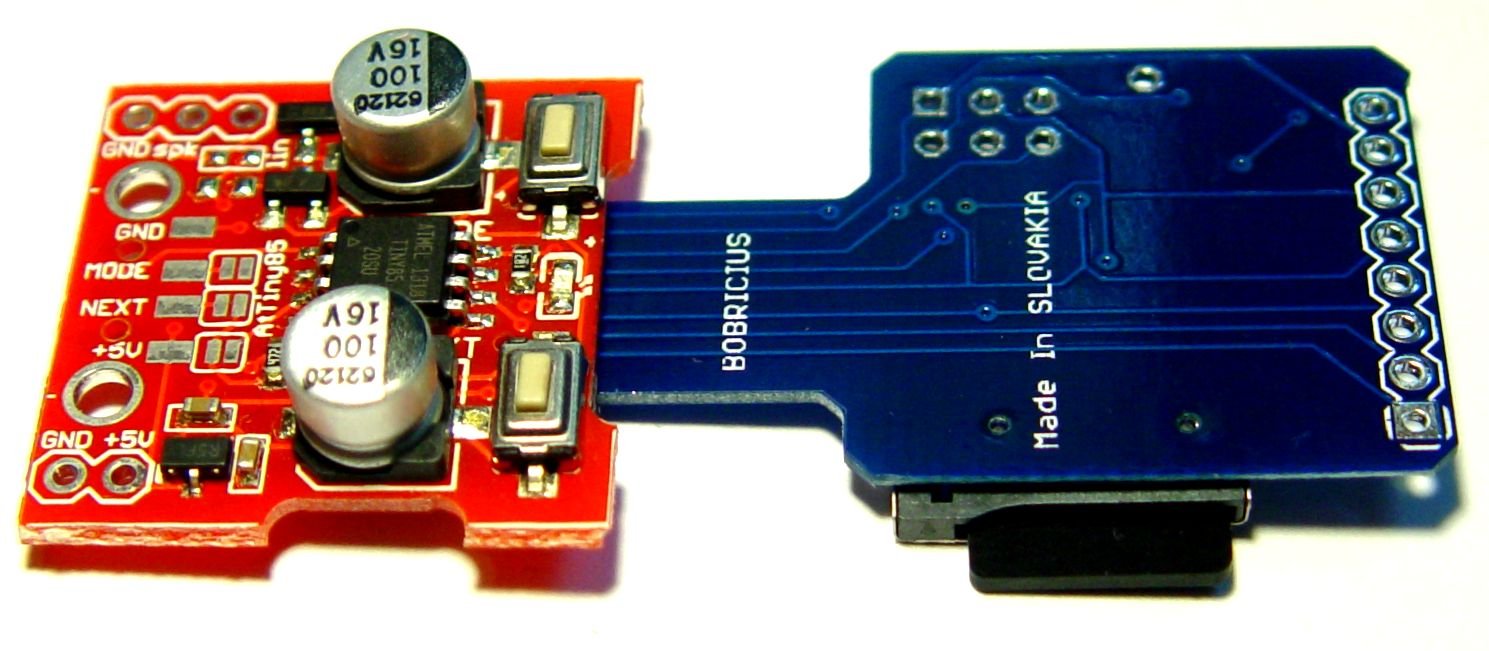Smart Card Sniffer Cam

SmartCAM is affordable and powerful CAM software for cnc milling, cnc turning, cnc fabrication, cnc wire EDM, rotary axis and 5 axis cnc machine tools. Forget card skimmers, chip-card shimmers will be your next nightmare Account-sniffing Raspberry-Pi-powered kit hidden in cash-machine slots By Iain Thomson in San Francisco 3 Aug 2016 at 23:19.
Smart Card Sniffer Cam Video
SCSDT – Smart Card Sniffing and Debugging Tool - DocumentationThis document contains the technical documentation of the software partof the “Smart Card Sniffing and Debugging Tool” (SCSDT) project.The software is used to log data that is being transmitted on a contactinterface between an ME and a smart card using a hardware unit developedfor this purpose. The software is able to – in one mode – to parse loggeddata and present them in real-time in a readable format.ContentsRequirements. The SCSDT software was written in C# which is part of.NET. Youtherefore need Microsoft.NET Framework 4.0. Visual Studio 2010/2012 Express was the main IDE used as developmenttool.
It is freely available from Microsoft. The software was tested on Windows XP/7/8.The software handles the setup, and communication with an Opal KellyXEM3001v2 board connected with a PC via a USB2 cable.Figure 1: Sniffer connected via a connector to a ME to the left and viaan USB2 cable to a laptop on the right Initial files (for communicating with the hardware)A C# dynamic link library (DLL) along with an API was provided by themanufacturer (Opal Kelly) for the board. This.dll along with the APIfunctions are the base foundation of the Sniffer Software.The API provides the base for readings and initializations etc.The Sniffer Software is built in the solution file Sniffer.sln.The solution file (Sniffer.sln) consists of two projects:.OKUSBLib, handling the basic reading and writing using the basic APIfunctions provided.Sniffer, providing a GUI to let the user interact with the snifferhardware as well as giving other features.
Smart Card Sniffer Cam Driver
Some days ago I connected a USB contact-less Smart-Card reader and sniffed that USB port via an USB Sniffer tool. Afterward, I put a 1k Mifare card on the reader and read 1 byte.I take a look at the sniffer tool output and understand that the keys (read key and write key) transferred to the card without any encryption!Now I want to know is this mechanism really safe??! If I change my reader's API to make it behave like a Mifare card and move it close to the original reader and sniff the communication between two card readers via my computer can't I gain the keys?!Is this possible to make a Reader behave like a mifare card in the field of another contactless reader?Update:As I know it is mandatory to load keys on mifare card, before sending authenticate command!As you see below, I load keys on card! It is FF FF FF FF FF FF by default.Simultaneously I sniffed the USB port that my ACRA122U connected to!As you see below, the keys was sent in plain!What is wrong with what I did?!Note: Miss Hedayat (My Colleage), also confirmed it!:)).
You are not sniffing the communication between the reader and the MIFARE Classic card but between the PC and the reader (USB CCID).In order to communicate with a MIFARE Classic card, you have to load the access keys onto the reader. That's what the 'load authentication keys' command (in your screenshot) does. In the case of the ACR122U, keys are stored into volatile memory on the reader. Other readers may support non-volatile key slots too (see the readers' documentation and the PC/SC specification section on contactless memory cards).Later, when you issue an authentication command, the reader will perform the MIFARE Classic mutual authentication, which is basically a challenge response authentication and key agreement protocol. So instead of sending the actual key to the card, the reader will receive a random number from the card, will encrypt the random number with the key and will return that encrypted random number to the card. The card will then decrypt the random number with the same key and can thus verify if the reader used the correct key.
Smart Card Sniffer Cam Software
No, the keys are not transferred in plain, since there is no need to transfer any key in the scenario of reading one byte, depending on the configuration they may need to be applied. I have no idea, what your sniffer output tells you.No, Mifare (Classic) is not safe, but this is a separate question sufficiently answered at SO. Summarized: the key is too short and therefore the cryptographic algorithm used is too weak.No, a reader can't disguise as card; even if it could: you seem to think, that the keys are broadcast and then you could simply grab them from air, which is far from the mark.